Electrical systems are known to have occasional issues here and there, but RV systems in particular face unique vulnerabilities that can lead to expensive repairs or replacements if you’re not careful. Power surges, voltage fluctuations, and faulty campground electrical connections pose constant threats to your RV’s electronic components, appliances, and electrical systems. That’s why understanding how to protect your investment with the right surge protector is essential for any RV owner.
To help you with this, our guide is here to cover everything you need to know about RV surge protectors. Whether you’re a weekend camper or a full-time RVer, this information will help you make informed decisions about protecting your RV’s electrical system.
Understanding Electrical Surges and Their Causes
Electrical surges occur when voltage levels exceed the normal flow of electricity in a circuit. Standard RV electrical systems operate at 120 volts, but surges can deliver significantly higher voltages that damage or destroy electronic components and appliances.
Several factors contribute to electrical surges that can affect your RV. Lightning strikes represent one of the most dramatic causes, sending massive voltage spikes through electrical systems. However, more common causes include faulty wiring at campgrounds, overloaded electrical grids, and power restoration after outages.
Campground electrical systems often experience stress from multiple RVs drawing power simultaneously. Older campgrounds may have inadequate wiring or insufficient electrical capacity to meet the demands of modern RVs. Additionally, utility companies switching operations and transformer malfunctions can create voltage irregularities that affect connected RVs.
Low voltage conditions, also called brownouts, present another concern for RV electrical systems. These occur when voltage drops below normal levels, causing appliances and electronics to work harder and potentially overheat. Air conditioning units and refrigerators are particularly susceptible to damage from these types of low-voltage conditions.
Types of RV Surge Protectors: Portable vs. Hardwired
This is why you need to have a camper surge protector. With one, you’ll be able to protect your RV from these types of issues. However, you need to ensure that you get the right one for your specific needs.
RV surge protectors fall into two main categories: portable units and hardwired systems. Each type offers distinct advantages and limitations that affect their suitability for different RVs.
Portable RV Surge Protectors
Portable surge protectors connect between your RV’s power cord and the campground electrical pedestal. These units plug directly into the campground outlet, and your RV’s power cord plugs into the surge protector.
Portable units offer several advantages. They’re easily removable for security purposes, allowing you to disconnect and store them when leaving your RV unattended. Installation requires no electrical modifications to your RV, making them suitable for renters or those who prefer not to modify electrical systems themselves.
The best part is that many of these devices include LED displays or indicator lights that show electrical status, including voltage levels, proper grounding, and wiring configuration. Most portable models also feature weather-resistant enclosures designed to withstand outdoor conditions.
Hardwired RV Surge Protectors
Hardwired surge protectors are installed permanently within your RV’s electrical system, typically in the main electrical panel, but they could have a dedicated compartment. These units integrate directly with your RV’s wiring, making them difficult to remove, which can be both a pro and a con.
This means that hardwired systems also provide enhanced security since they can’t be stolen or forgotten at a campsite. They also offer a cleaner installation appearance without external devices hanging from electrical pedestals. Some hardwired models include remote monitoring capabilities that display electrical status from inside the RV.
However, hardwired installation requires electrical expertise and may involve modifications to your RV’s current electrical system. Professional installation is often recommended to ensure proper integration and compliance with electrical codes.

Factors To Consider When Choosing an RV Surge Protector
Outside of the two main types, there are other features that set surge protectors apart. Selecting the appropriate one for your needs will depend on several key factors that match your RV’s electrical requirements and usage patterns.
Amperage Rating
RV surge protectors must match your RV’s electrical service amperage. Most RVs use either 30-amp or 50-amp electrical systems, and surge protectors are designed specifically for each configuration. Using an incorrect amperage rating can result in inadequate protection or incompatible connections.
Protection Features
Basic surge protectors offer voltage spike protection, but advanced models include additional features. Look for units that provide protection against high-voltage, low-voltage, open-ground, open-neutral, and reverse-polarity conditions. Some models also include protection against variations in power line frequency.
Response Time
Surge protector response time measures how quickly the device reacts to electrical anomalies. Faster response times provide better protection for sensitive electronics. Look for units with response times measured in nanoseconds rather than milliseconds.
Joule Rating
The joule rating lets you know how much energy a surge protector can absorb before it fails. The higher the rating is, the longer-lasting the protection will be. However, you’ll want to consider this specification alongside other factors rather than as the sole selection criterion.
Display and Monitoring
LED displays or digital readouts provide real-time electrical status information. These features help identify potential problems before they cause damage.

Installation Tips for RV Surge Protectors
Proper installation ensures optimal protection and reliable operation of your RV surge protector system, so you’ll want to make sure you get it right. Here are some things you should know about each surge protector type to ensure you install it correctly.
Portable Unit Installation
Installing portable surge protectors requires minimal technical expertise but demands attention to proper connections and positioning to ensure optimal performance. Start by always checking to see if the campground electrical pedestal is off before connecting or disconnecting the surge protector.
Connect the surge protector to the campground outlet first, then plug your RV’s power cord into the surge protector. This sequence prevents potential arcing or electrical hazards during connection. Verify that all connections are secure and that the surge protector’s housing is properly closed.
As a helpful tip, be sure to position your unit strategically to minimize exposure to weather and potential damage. Some RV owners use protective covers or shields to provide additional weather protection, particularly during extended stays.
Hardwired Installation Considerations
Hardwired surge protector installation involves working with your RV’s electrical system and should be performed by qualified technicians unless you have appropriate electrical experience. Installation typically requires accessing the main electrical panel and making permanent wired connections.
This process will involve selecting an appropriate mounting location, running necessary wiring, and integrating the surge protector with your RV’s electrical distribution system. Proper grounding and bonding are critical for effective surge protection.
After installation, test all electrical systems to ensure proper operation and verify that the surge protector is functioning correctly. Verify that all indicators display a normal status and that electrical outlets and appliances are receiving sufficient power.


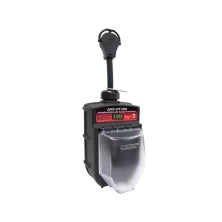
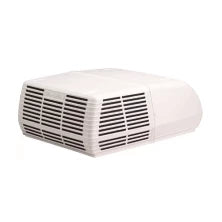
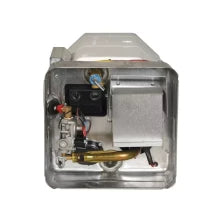
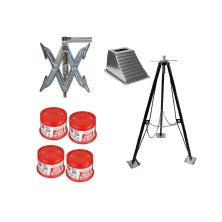
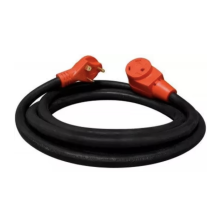
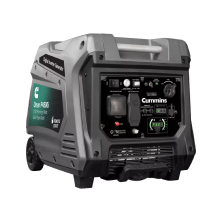

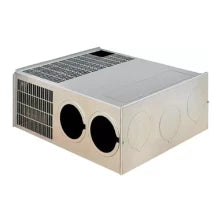


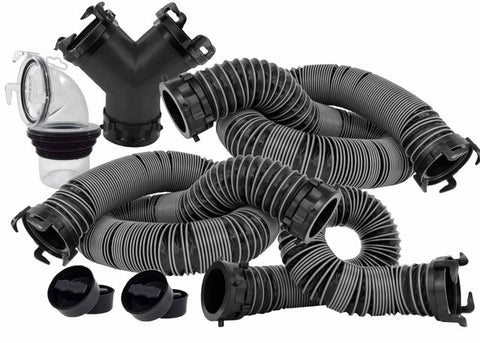

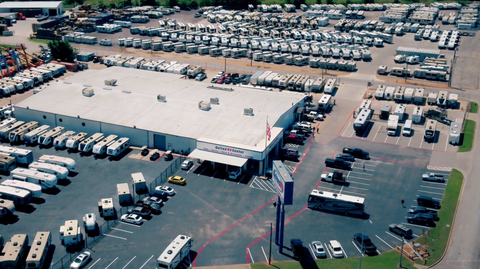
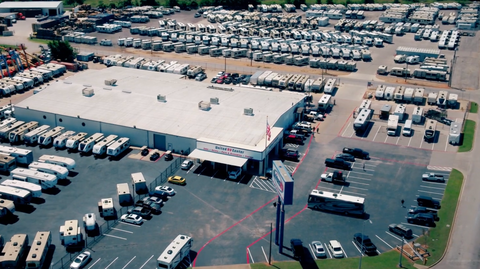
Comments (0)
There are no comments for this article. Be the first one to leave a message!